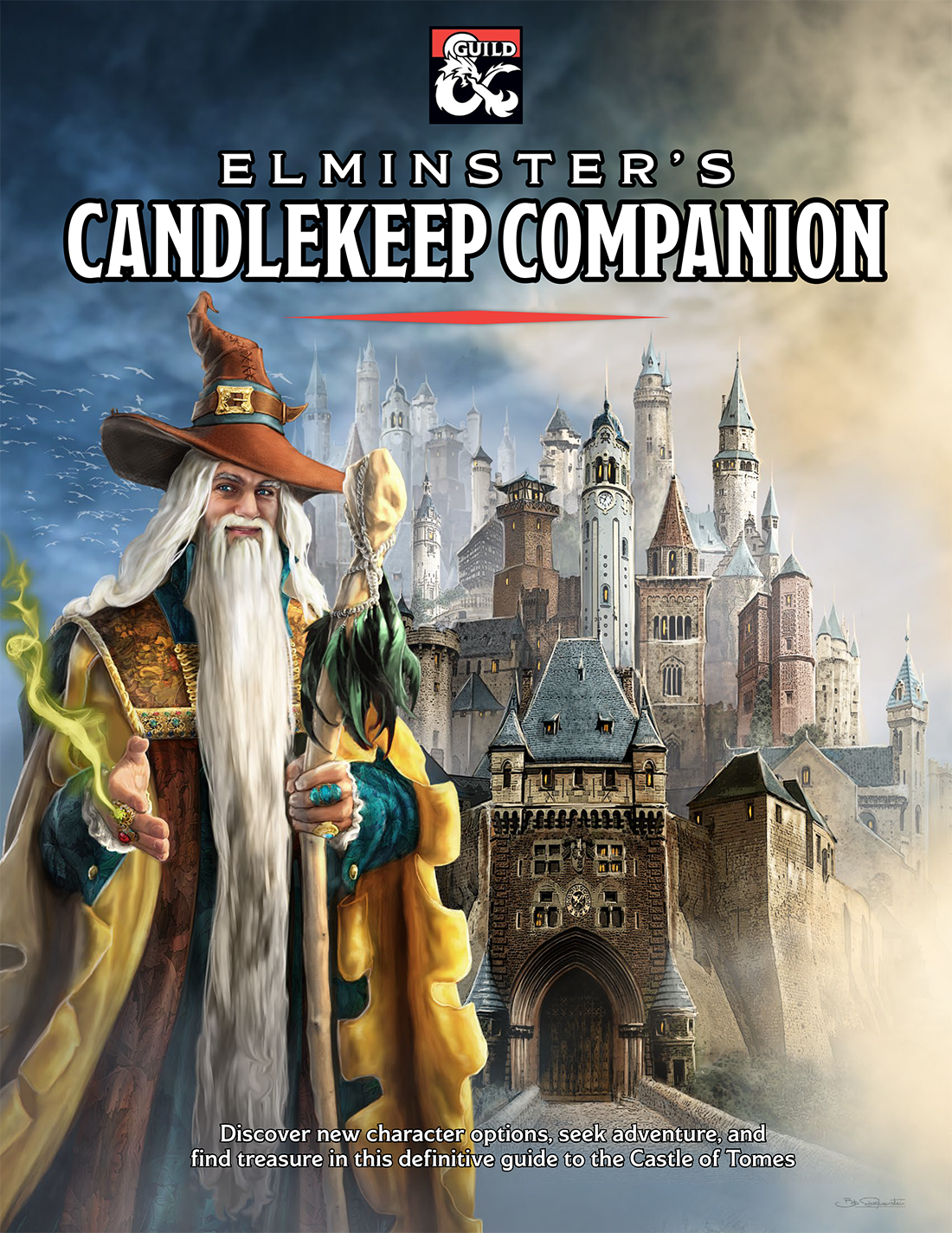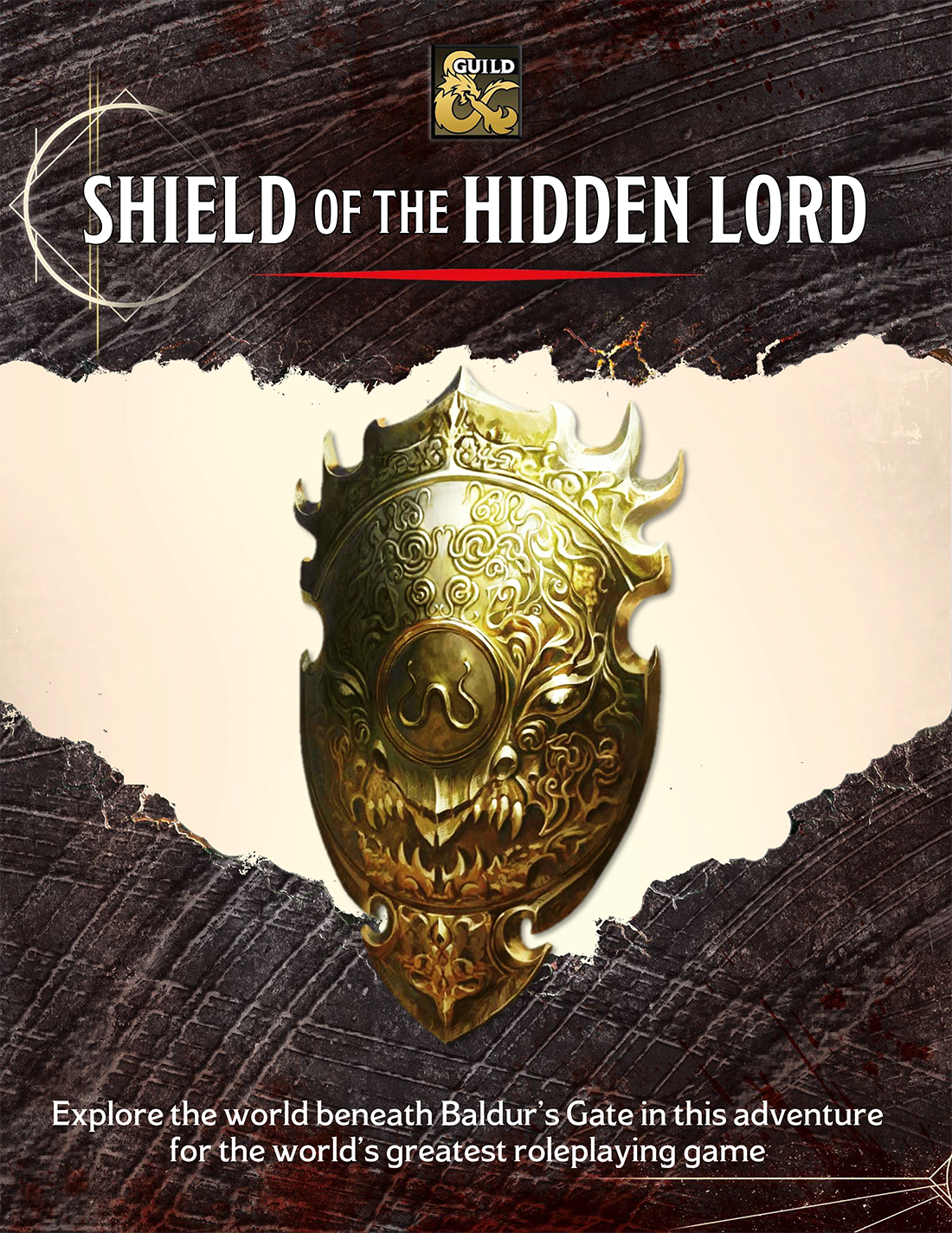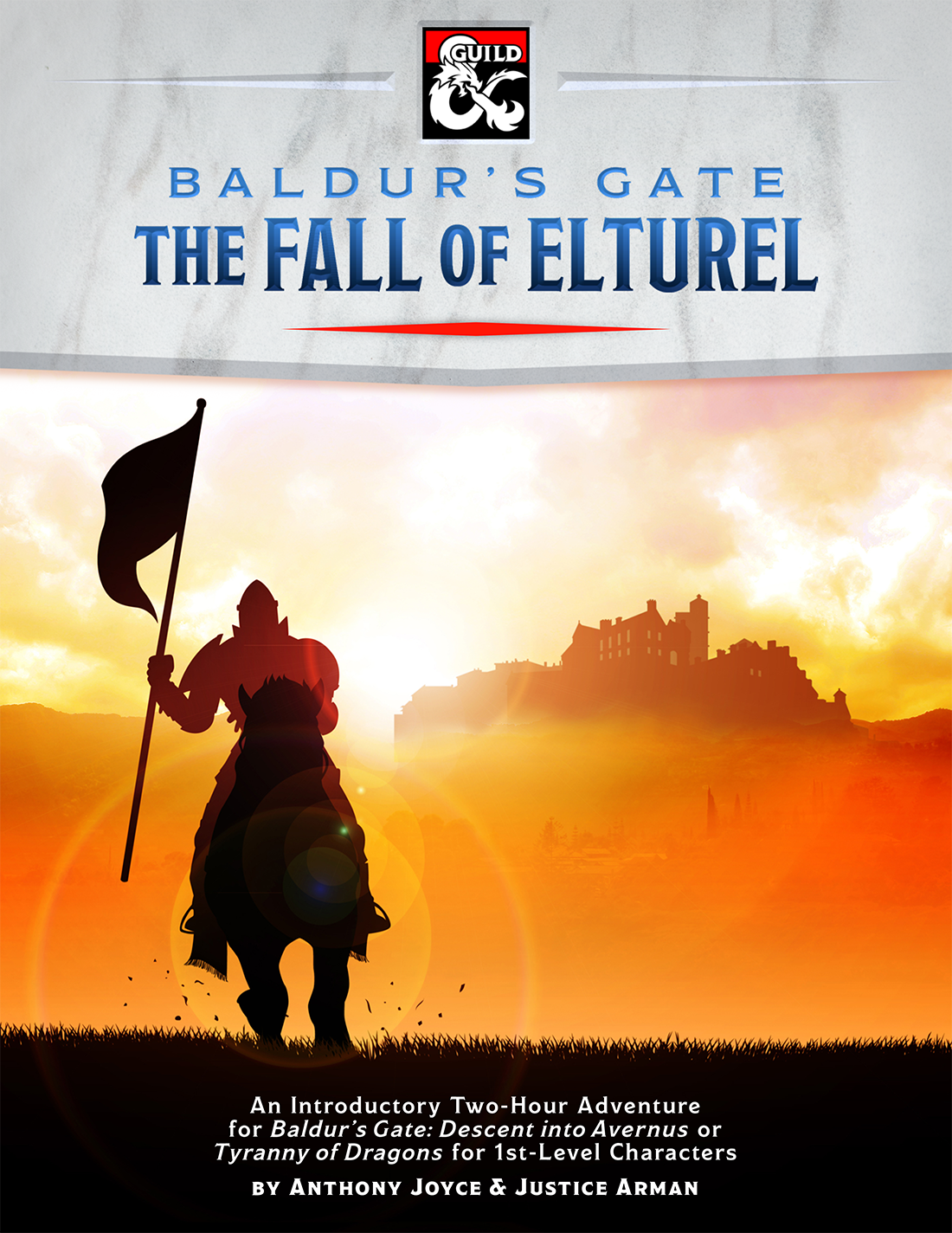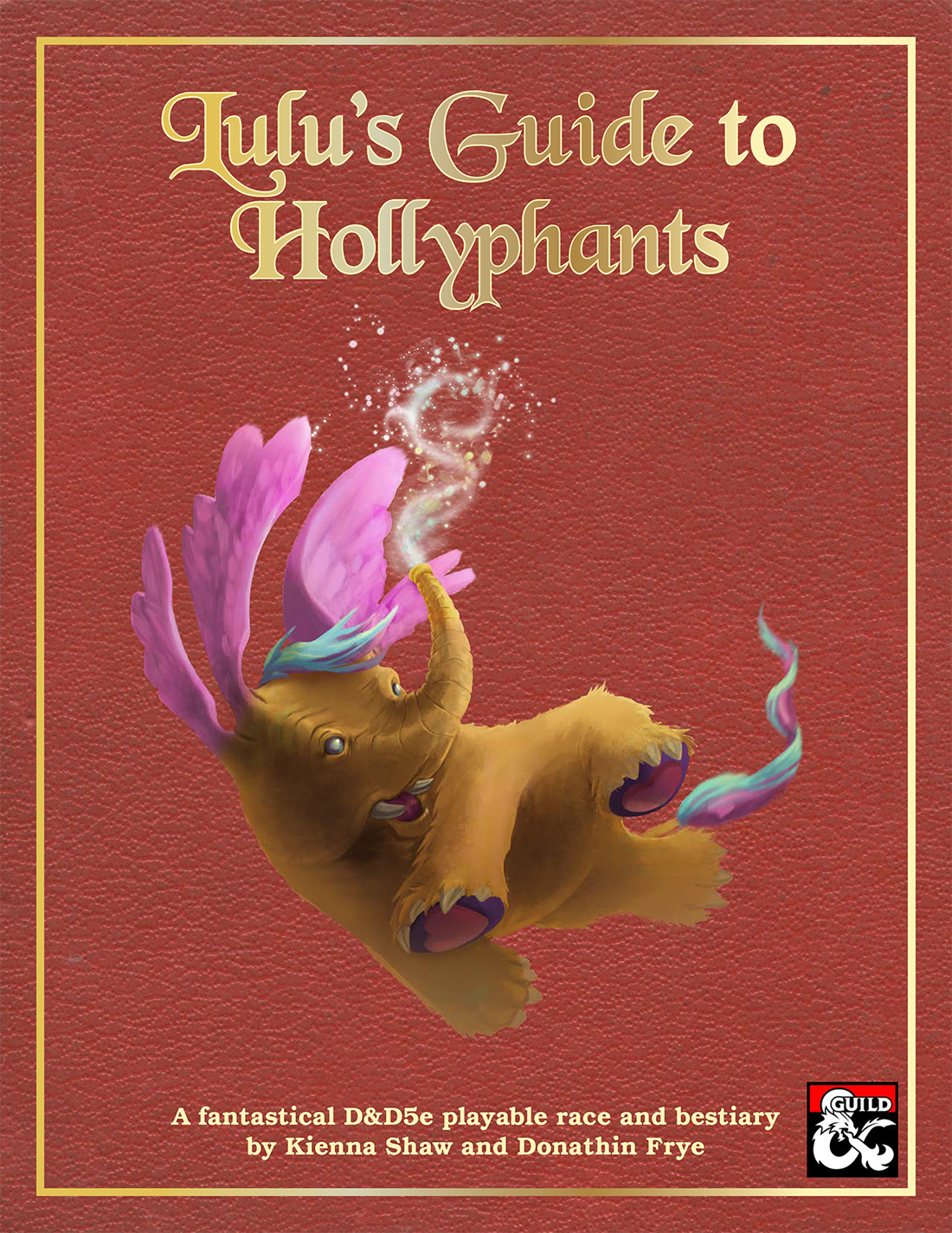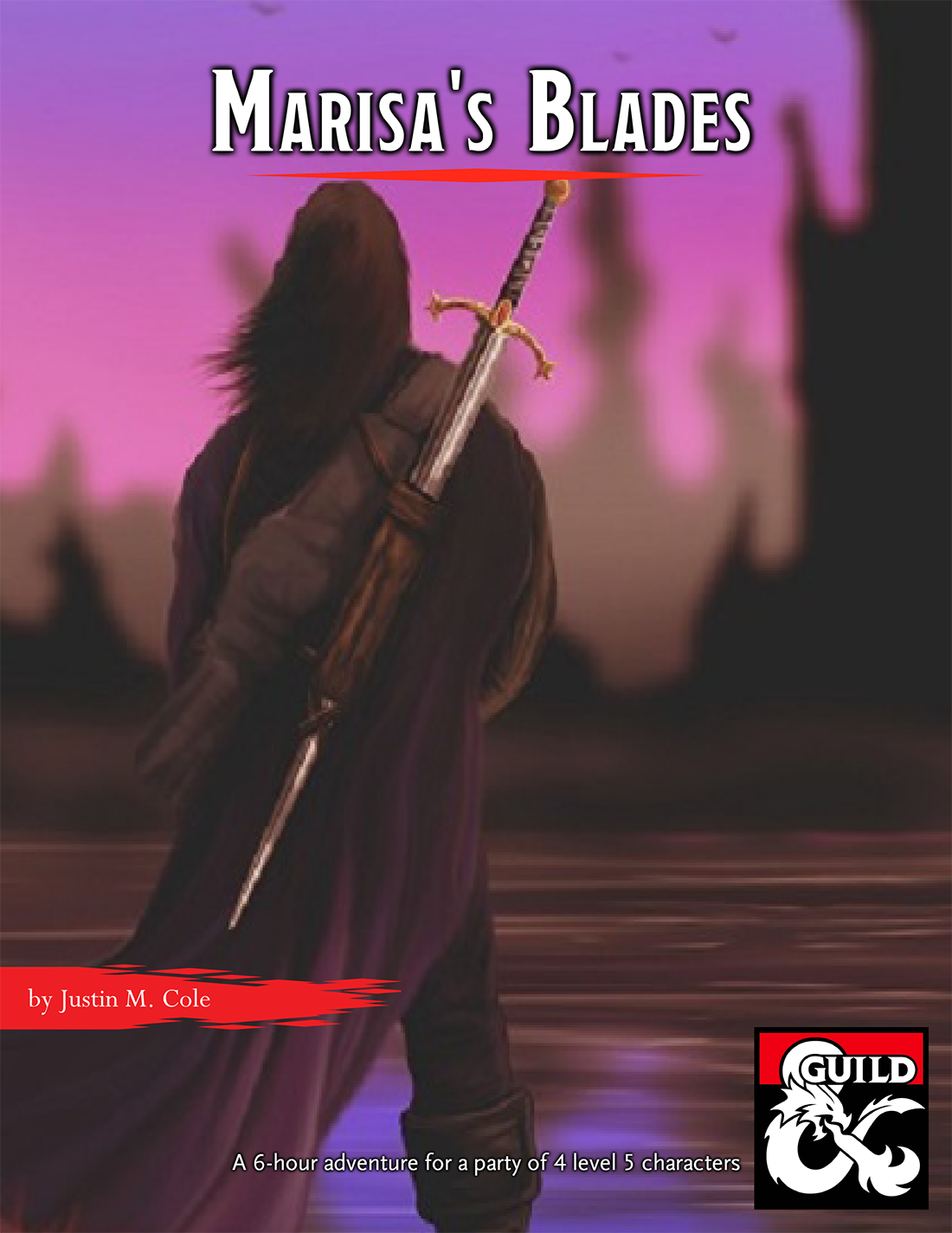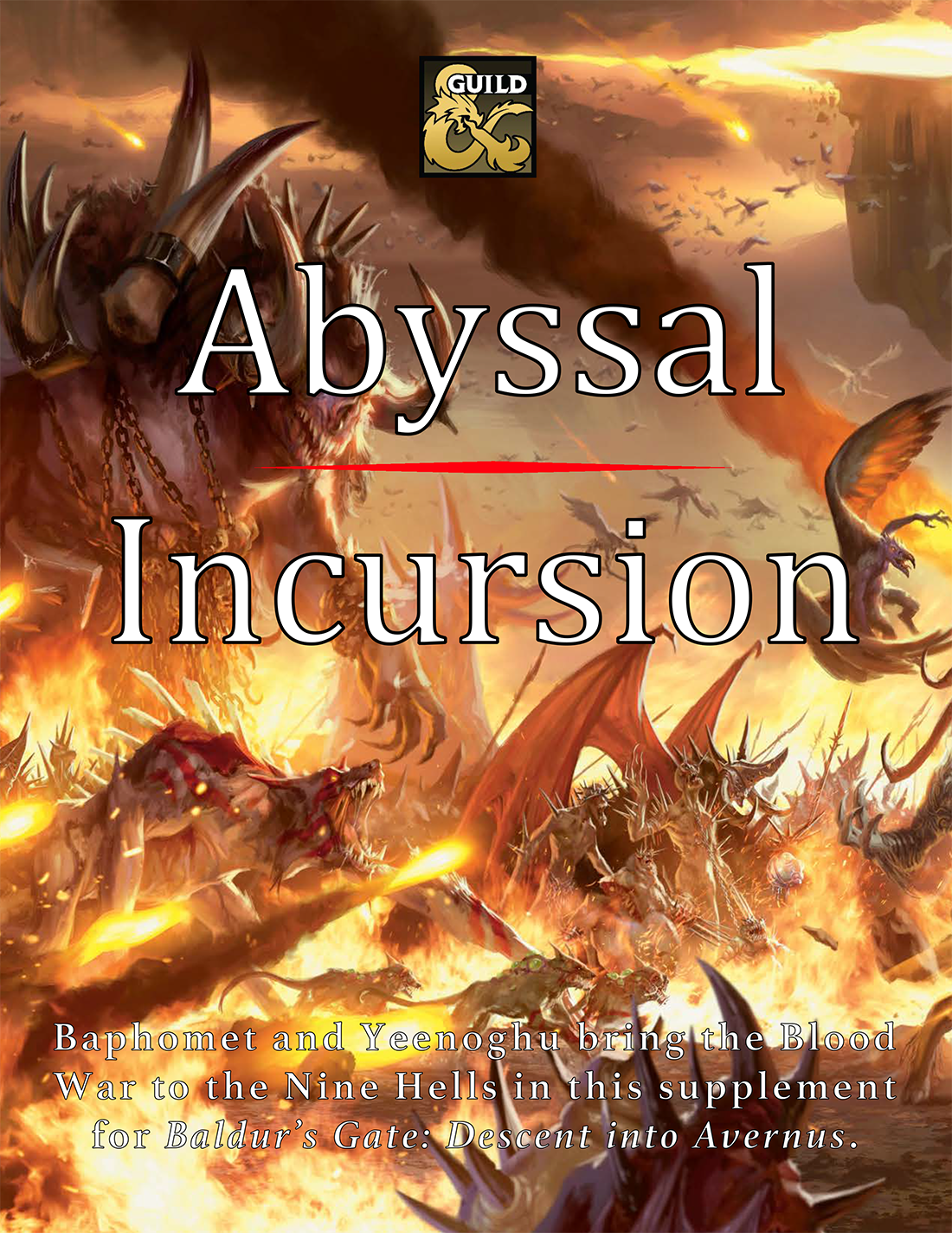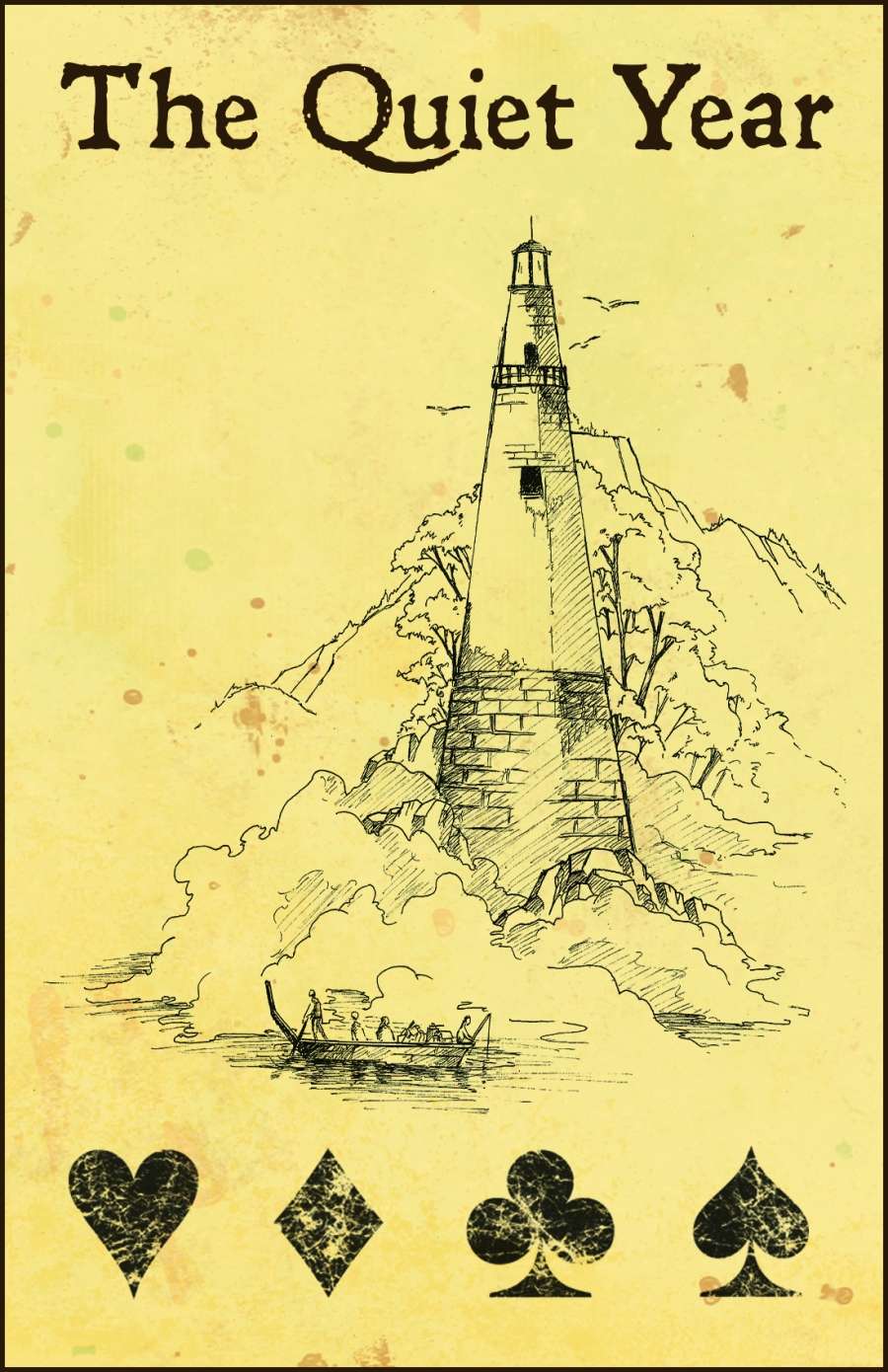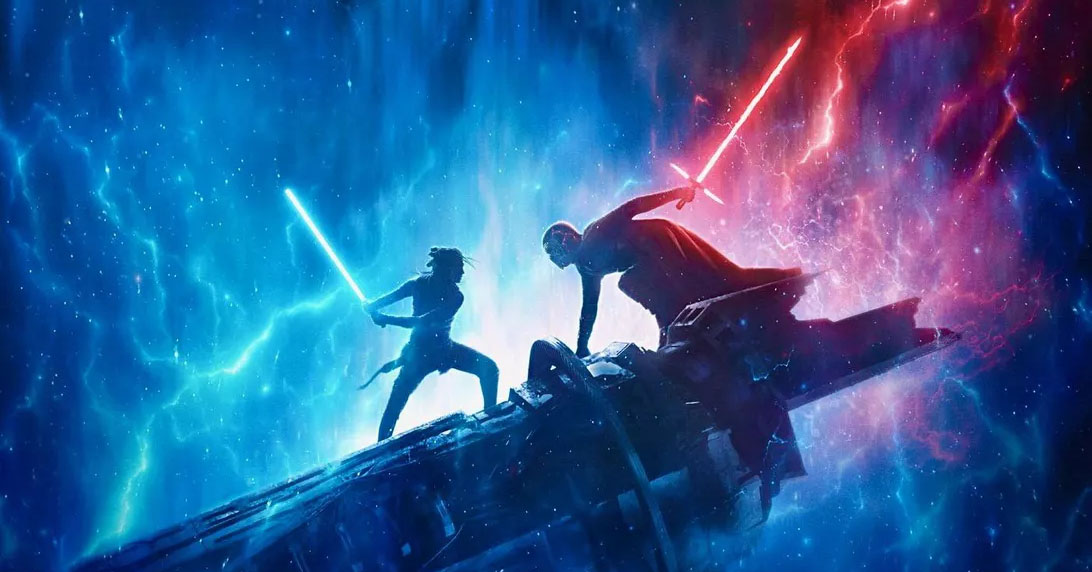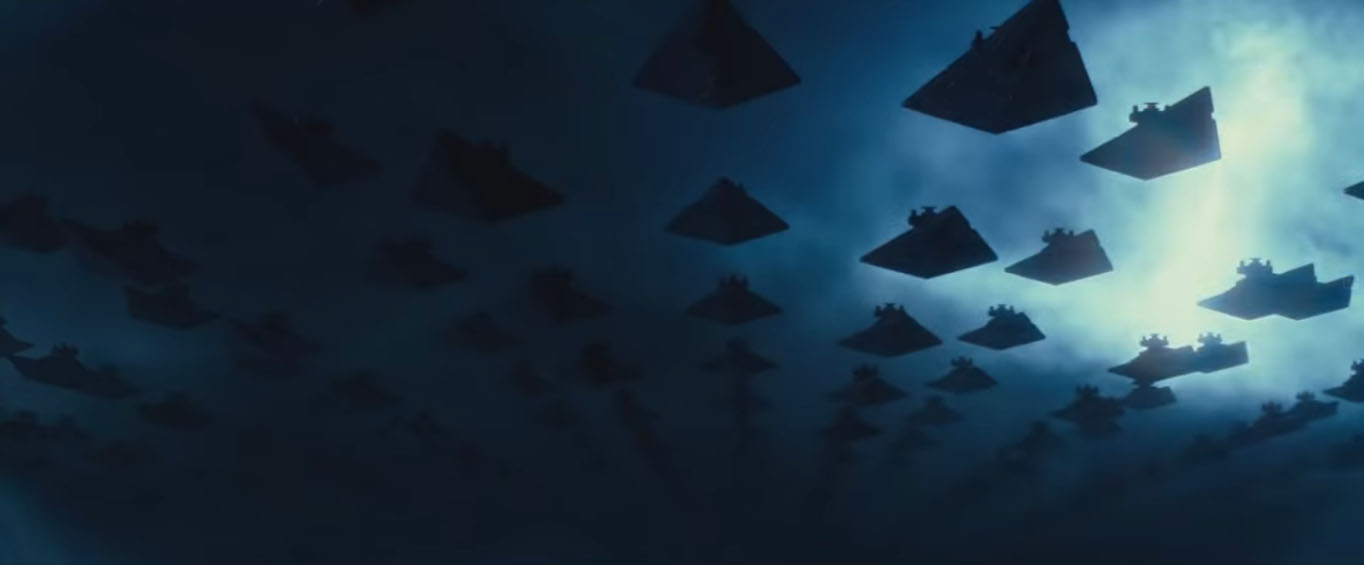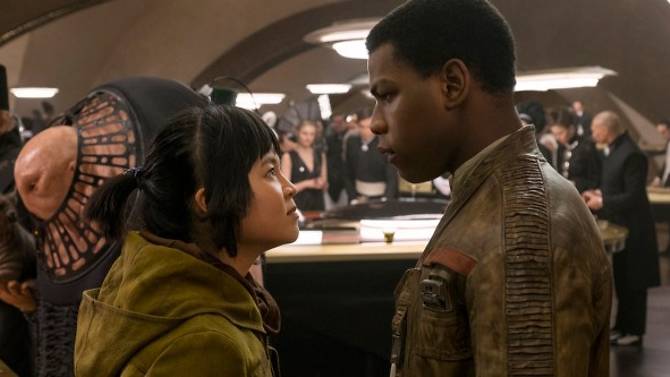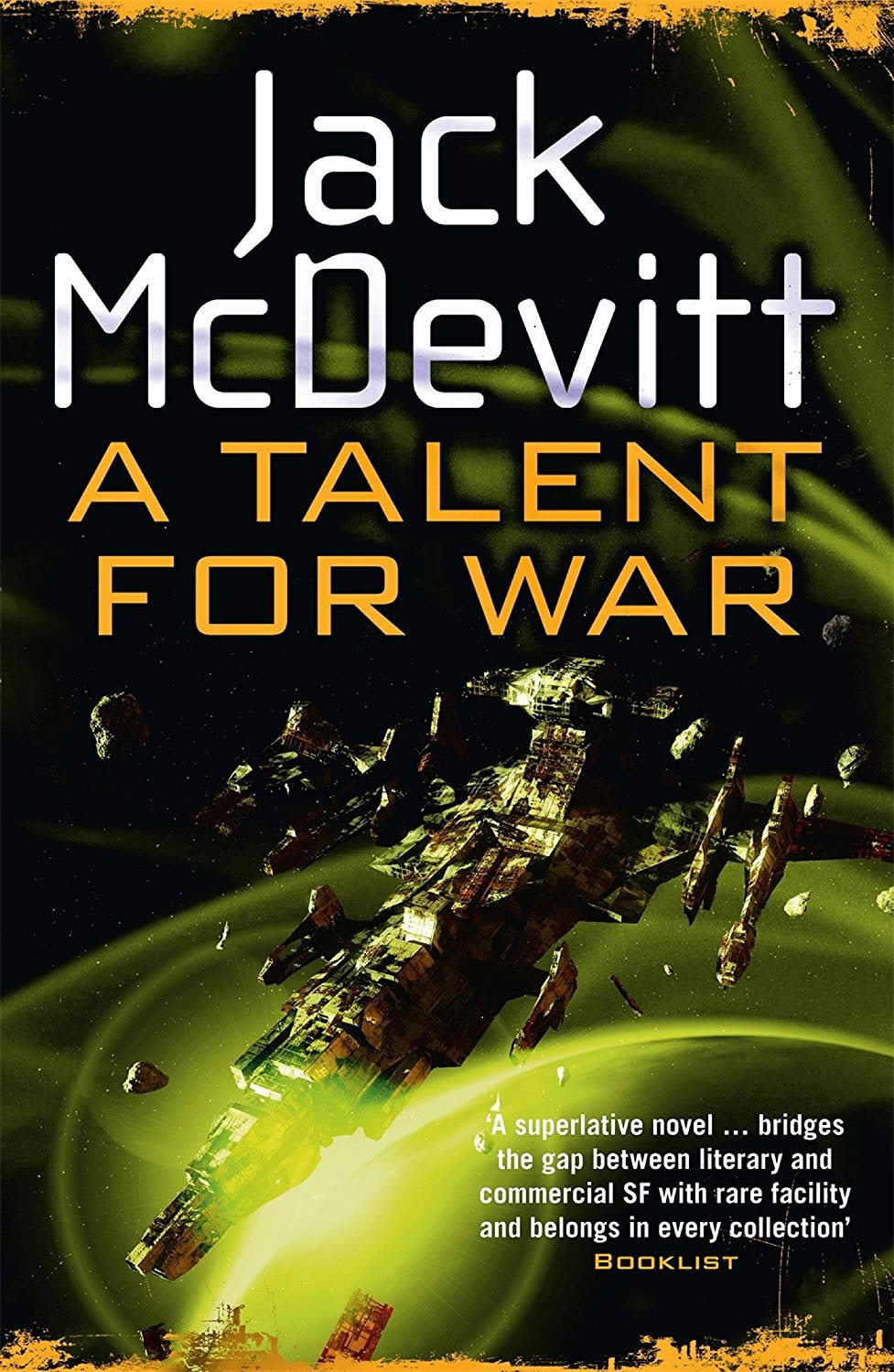
As with our previous installment of these capsule reviews, my goal is to just give a very high overview of my thoughts/impressions of each book. These reviews were written as part of my survey of Descent Into Avernus-related material on the Dungeon Masters Guild while working on the Alexandrian Remix of the campaign. Unless otherwise noted, the material has not been playtested.
You may also want to review this Guide to Grades at the Alexandrian. The short version: My general philosophy is that 90% of everything is crap, and crap gets an F. I’m primarily interested in grading the 10% of the pile that’s potentially worth your time. Anything from A+ to C- is, honestly, worth checking out if the material sounds interesting to you. If I give something a D it’s pretty shaky. F, in my opinion, should be avoided entirely.
WARLORDS OF AVERNUS: This supplement caught my attention particularly because I’m hoping to beef up the warlords of Avernus (we have title!), and it delivers quite nicely with four new warlords with very cool concepts supported by a full suite of stat blocks. I would have perhaps liked just a touch 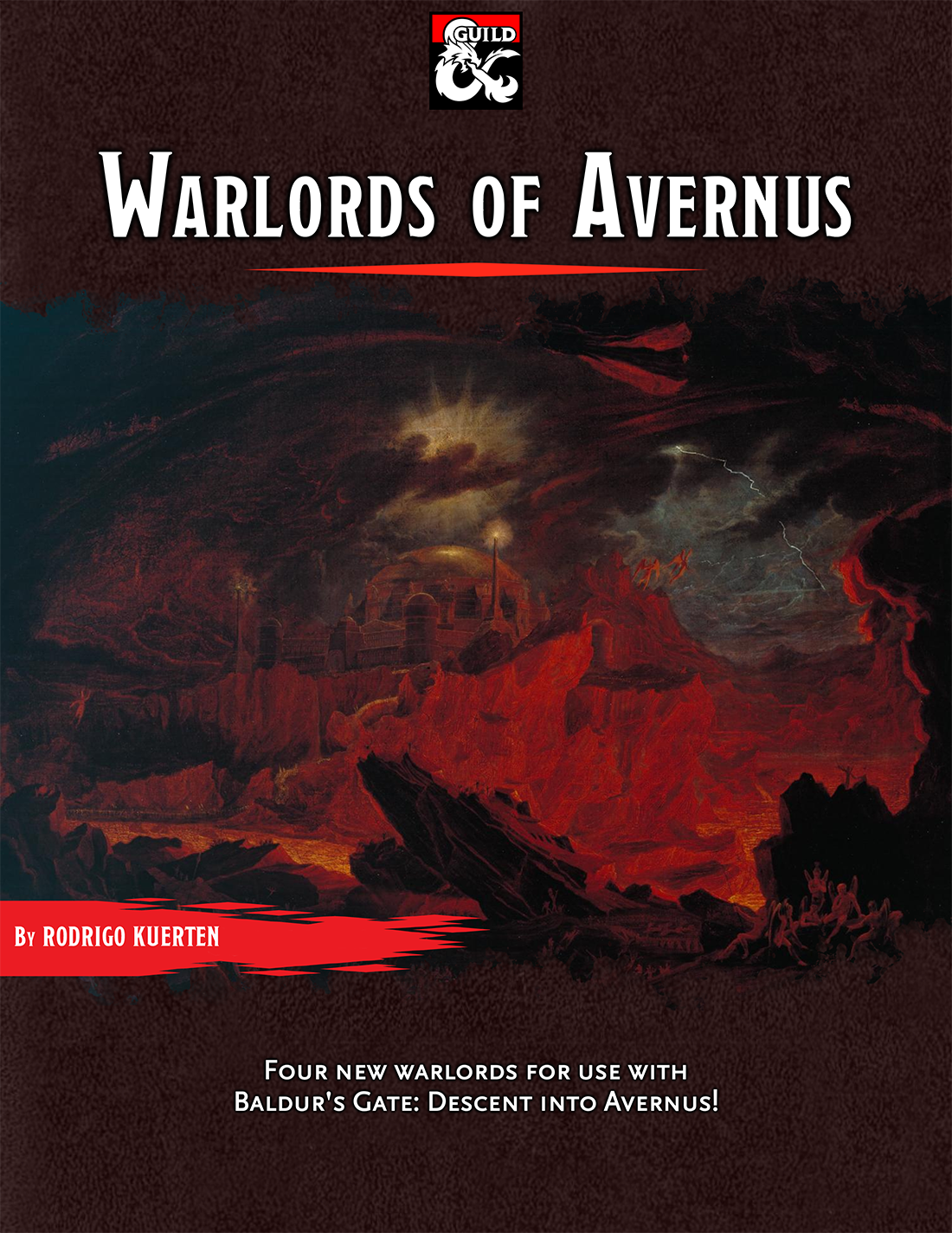 more flavor (more fully drawn personalities for the gang members in addition to those given for the warlords themselves), but Rodrigo Kuerten has presented a really great, tight package with high utility. Warlords of Avernus is very much worth $2.
more flavor (more fully drawn personalities for the gang members in addition to those given for the warlords themselves), but Rodrigo Kuerten has presented a really great, tight package with high utility. Warlords of Avernus is very much worth $2.
- Grade: B-
BALDUR’S GATE – CITY ENCOUNTERS: When I was running Dragon Heist, I got a huge amount of quality play from Waterdeep: City Encounters (lead design by Will Doyle). That book contains 75 different encounter types, most of which have 3-6 variations, and a random table that splits them up across the different neighborhoods of the city. Borrowing a technique I brainstormed while writing Thinking About Urbancrawls, whenever the PCs went somewhere in the city I would just roll a random encounter for the neighborhood they were going to. It filled the city with life.
So when I saw that there was a Baldur’s Gate: City Encounters book, I snapped it up right quick. Unfortunately, this book (lead design by Justice Arman and Anthony Joyce) is considerably less useful than the Waterdeep version. It includes two sets of encounters: Neighborhood Encounters and Tension Encounters.
The Neighborhood Encounters consist of one encounter for each neighborhood in the city, which is just enough, in my opinion, to not be particularly useful. If I sort of squint at it sideways I can sort of see how you could theoretically have a one-encounter-per-neighborhood structure where the first time PCs enter or pass through a neighborhood you’d use the encounter, which would establish the tone/environment of that neighborhood for the group. (But the encounters here don’t really do that.)
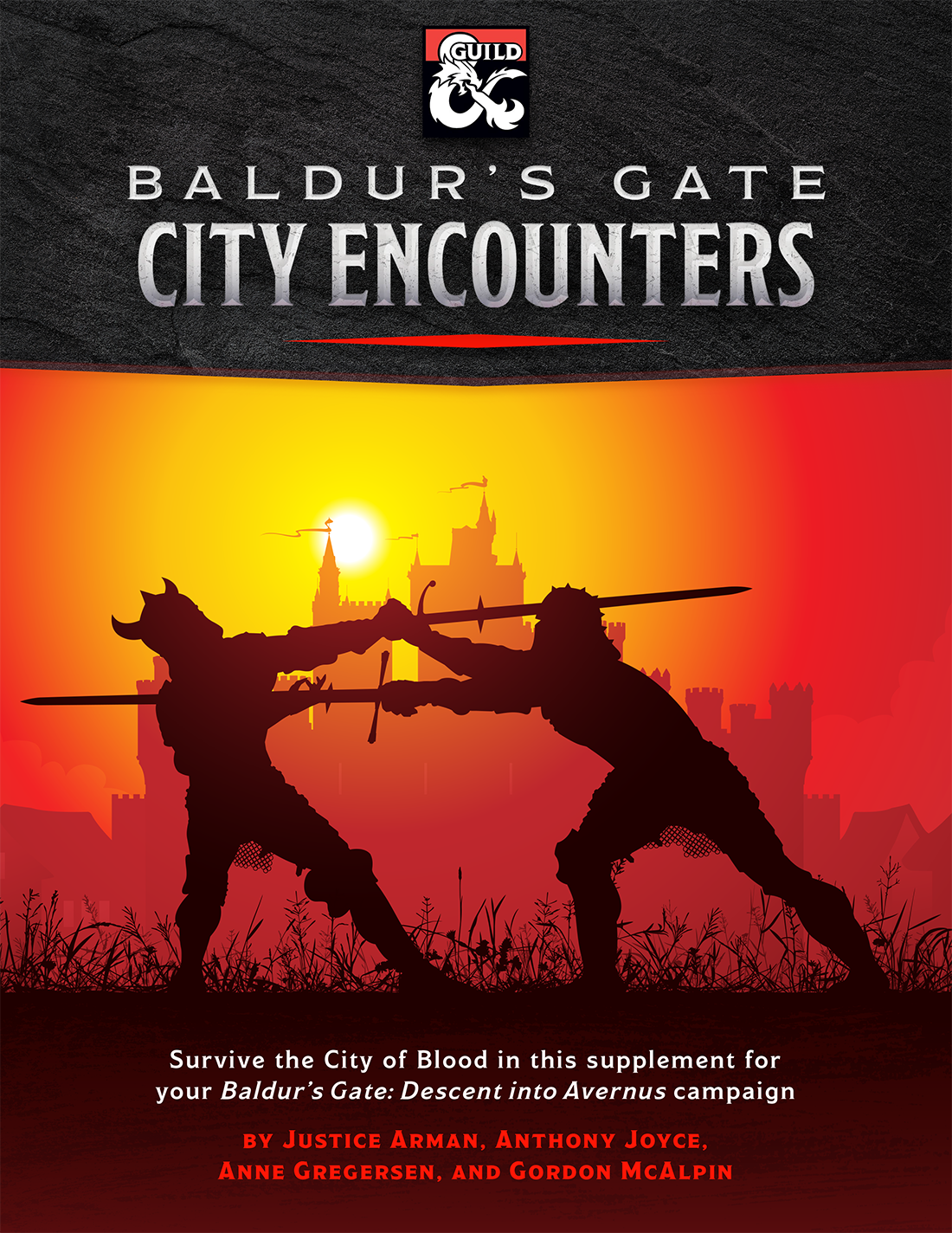 The Tension Encounters are potentially more interesting: They present a five step scale modeling the current level of “tension” in the city and then support this scale with different encounters that can be had at each tension level. How the PCs choose to resolve the encounters can then affect whether the city tips more towards chaos or order!
The Tension Encounters are potentially more interesting: They present a five step scale modeling the current level of “tension” in the city and then support this scale with different encounters that can be had at each tension level. How the PCs choose to resolve the encounters can then affect whether the city tips more towards chaos or order!
Conceptually this sounds great, and could provide a great contrapuntal development as the PCs are pursuing their investigation and getting tangled up in Portyr politics. But there are significant problems in practice: First, the scale is supposedly between Order and Chaos, but the actual scale has Pandemonium on one side (with the Cult of the Dead Three performing blood sacrifices in the streets) and Martial Law on the other side (with a corrupted Flaming Fist declaring martial law and instituting pogroms while politicians are assassinated in the streets). It’s thematically incoherent, largely negating the whole point of the exercise.
Second, while promising a system by which the tension meter would change over time, the effort to provide such a system apparently ran aground, with the designers ultimately just throwing their hands up and saying “the DM decides what impact, if any, the encounters in aggregate had on the level of tension in Baldur’s Gate.”
Third, a lot of the tension encounters are kind of nonsensical. Like, there’s one where the PCs are walking down the street when Liara suddenly draws up next to them in a chariot, gives a speech declaring herself Grand Duke of Baldur’s Gate (not how that works), and then offers a ludicrously paltry 250 gp bounty to anybody in the crowd who assassinates any remaining dukes in town.
On that note, the biggest problem I have with the book is that many of the encounters aren’t encounters: They’re scenario hooks to much larger scenarios that the GM would then need to design. (Random encounters spawning unintended scenarios and digressions is a thing that can happen, but they shouldn’t be half-baked into the design.)
The book also includes a neighborhood map of Baldur’s Gate which, for reasons I don’t really understand, doesn’t match any other extant maps of Baldur’s Gate.
- Grade: D
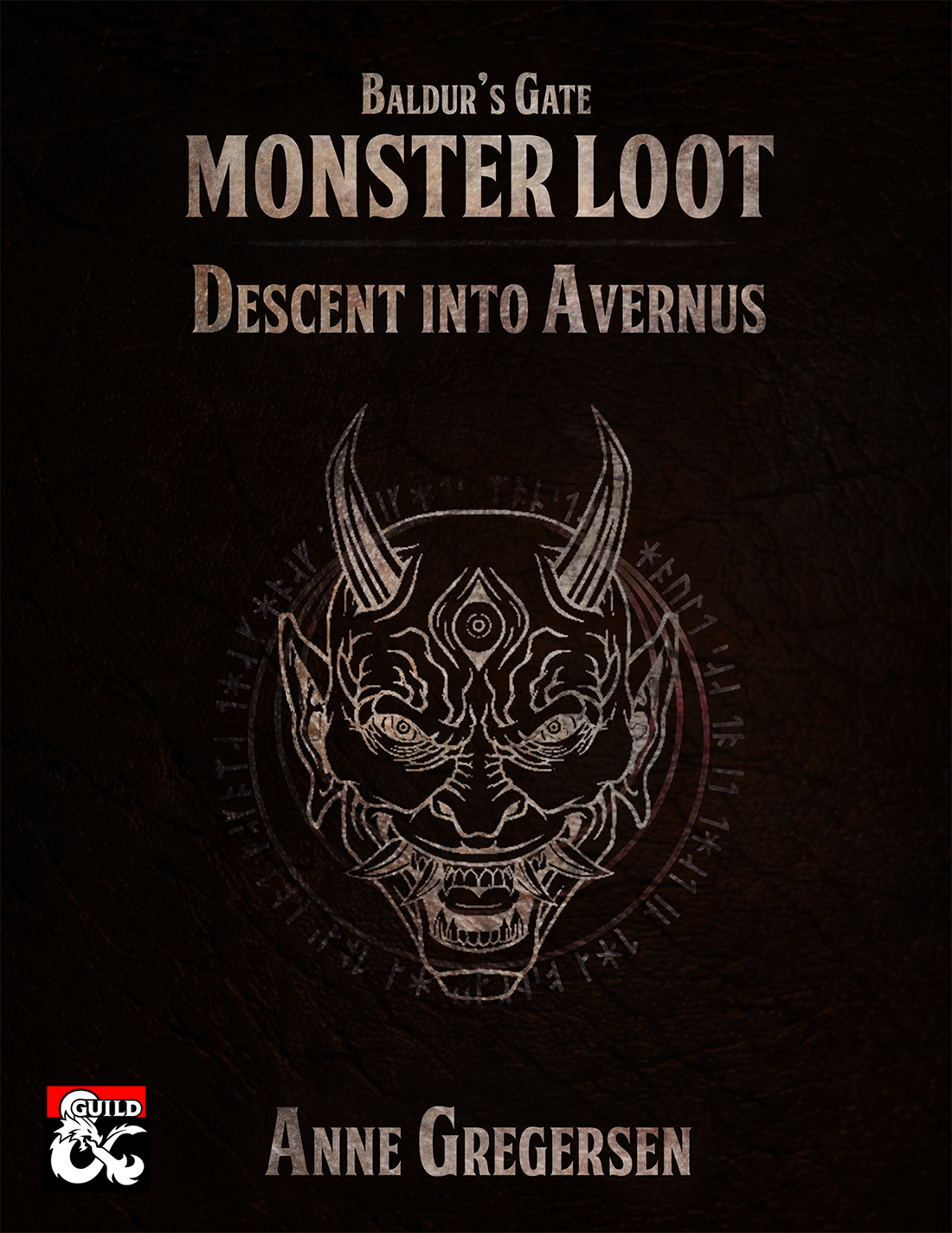 MONSTER LOOT – DESCENT INTO AVERNUS: I snagged Monster Loot: Descent Into Avernus because it seemed to directly address something that I feel is, in fact, generally lacking in the 5th Edition adventures I’ve seen: Loot. In short, Anne Gregersen supplies a loot listing for every encounter in the campaign.
MONSTER LOOT – DESCENT INTO AVERNUS: I snagged Monster Loot: Descent Into Avernus because it seemed to directly address something that I feel is, in fact, generally lacking in the 5th Edition adventures I’ve seen: Loot. In short, Anne Gregersen supplies a loot listing for every encounter in the campaign.
The book includes two major new mechanics for equipment: First, the option to harvest body parts from foes. Second, broken items that don’t work until you repair them. Unfortunately, it’s largely on the shoals of these two mechanics that the book runs aground.
The problem with the broken mechanic, primarily, is that it’s just massively overused. Virtually every single weapon and piece of armor listed has been broken. On the one hand, this is relatively easy to just ignore. On the other hand, it feels indicative of a certain skittishness in letting the PCs get “good loot” that’s kind of antithetical to what I wanted the book for.
With a book specifically dedicated to customizing loot lists for every NPC, I was really hoping to see some unusual, eclectic, and flavorful stuff. Instead, in almost every case, it’s just “the weapons they’re carrying, the armor they’re wearing, and it’s all broken.” Which, frankly, I don’t really need. That stuff is already in the stat block.
Where Monster Loot: Descent Into Avernus really unleashes, though, are those harvesting rules: You can skin flesh, yank teeth, and cut off tails that do all kinds of crazy stuff. I was actually really interested in this because I find hunter-based play interesting in my open tables and I’m always wishing I had better support for it. But in this specific instance I found the result slightly… distasteful.
The book says that “harvesting body parts, such as hide and flesh, from humanoid creatures is not something this document covers because we don’t encourage adventurers to tear into the bodies of people.” But it means that in the most literal sense of the humanoid monster type. The book happily provides you the details on skinning angels and all kinds of intelligent creatures (including bipedal intelligent creatures).
At just $2.95 I flirted with giving this one a D, but ultimately I think I’m not going to bother having this at the table when I run the campaign. So, unfortunately…
- Grade: F
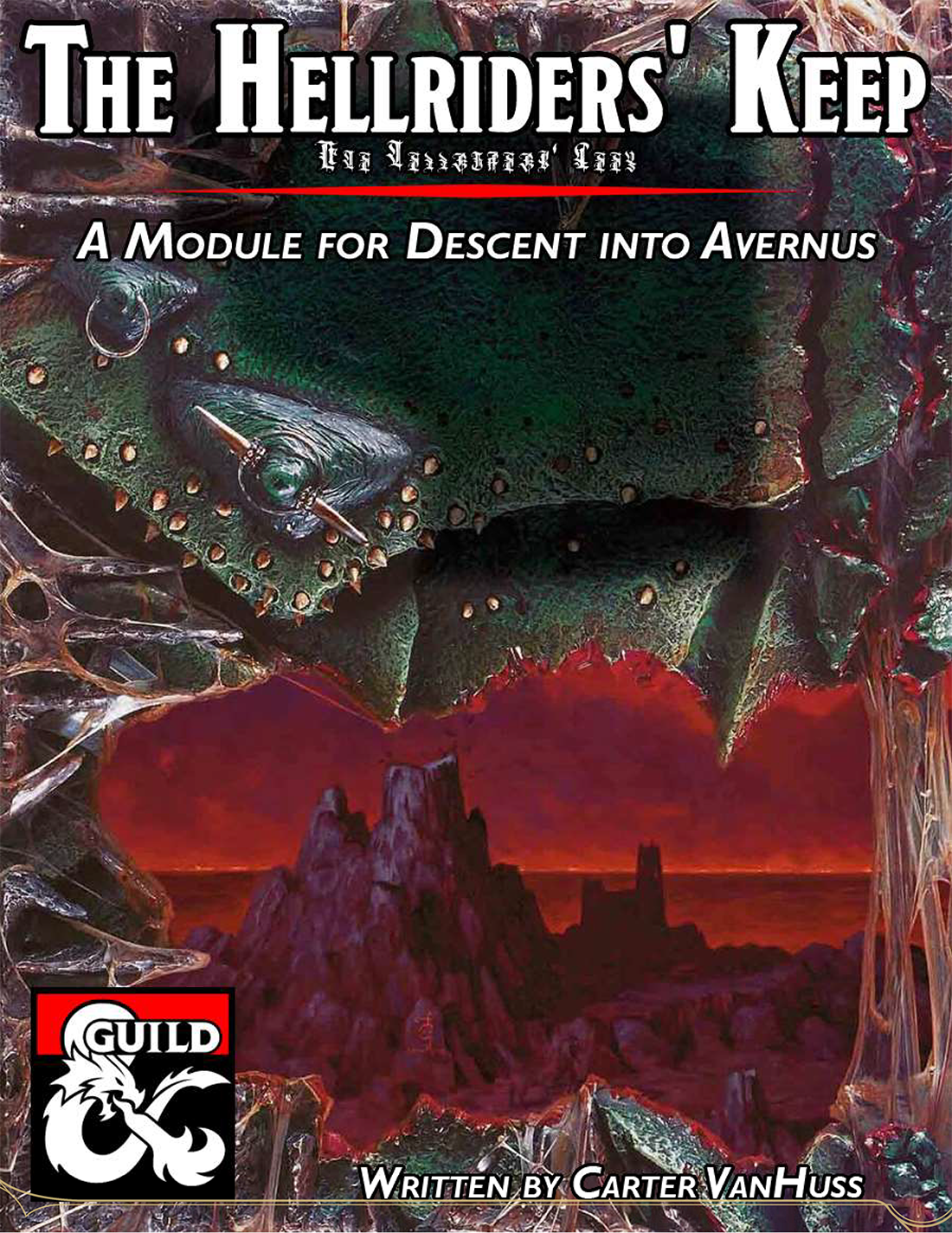 THE HELLRIDERS’ KEEP: This supplement adds a new location to Elturel. Conceptually it’s great. Not only does making Elturel a richer location for the PCs to explore make a lot of sense, but Carter VanHuss very astutely notes that the published adventure doesn’t cleanly clue the PCs into the true history of the Hellriders and designs this scenario to remedy that. The descriptions of the environment are really good, with lots of little details that are not only specific, but also packed full of lore. Exploring this space will immersively draw players into the world.
THE HELLRIDERS’ KEEP: This supplement adds a new location to Elturel. Conceptually it’s great. Not only does making Elturel a richer location for the PCs to explore make a lot of sense, but Carter VanHuss very astutely notes that the published adventure doesn’t cleanly clue the PCs into the true history of the Hellriders and designs this scenario to remedy that. The descriptions of the environment are really good, with lots of little details that are not only specific, but also packed full of lore. Exploring this space will immersively draw players into the world.
Unfortunately, the book does get a little hamstrung by a couple of structural issues. First, the hook is just another, “NPC tells the PCs to go some place, the PCs go there” affair. To some extent, I can see how his hands were tied by the published campaign itself, but it feels like with a little extra effort several hooks could have been more organically woven into the campaign to make PCs aware of the Hellriders’ Keep.
The more significant problem is the lack of a map: The entire structure of the adventure is exploring the castle, but the two maps in the product are instead battlemaps. Individual areas are keyed and an effort is made to describe how they relate to each other, but without a map it’s all needlessly confusing.
Despite this, I think it’s worth grabbing a copy of this if you’re going to run Descent Into Avernus (even if you will end up needing to draw a map).
- Grade: C
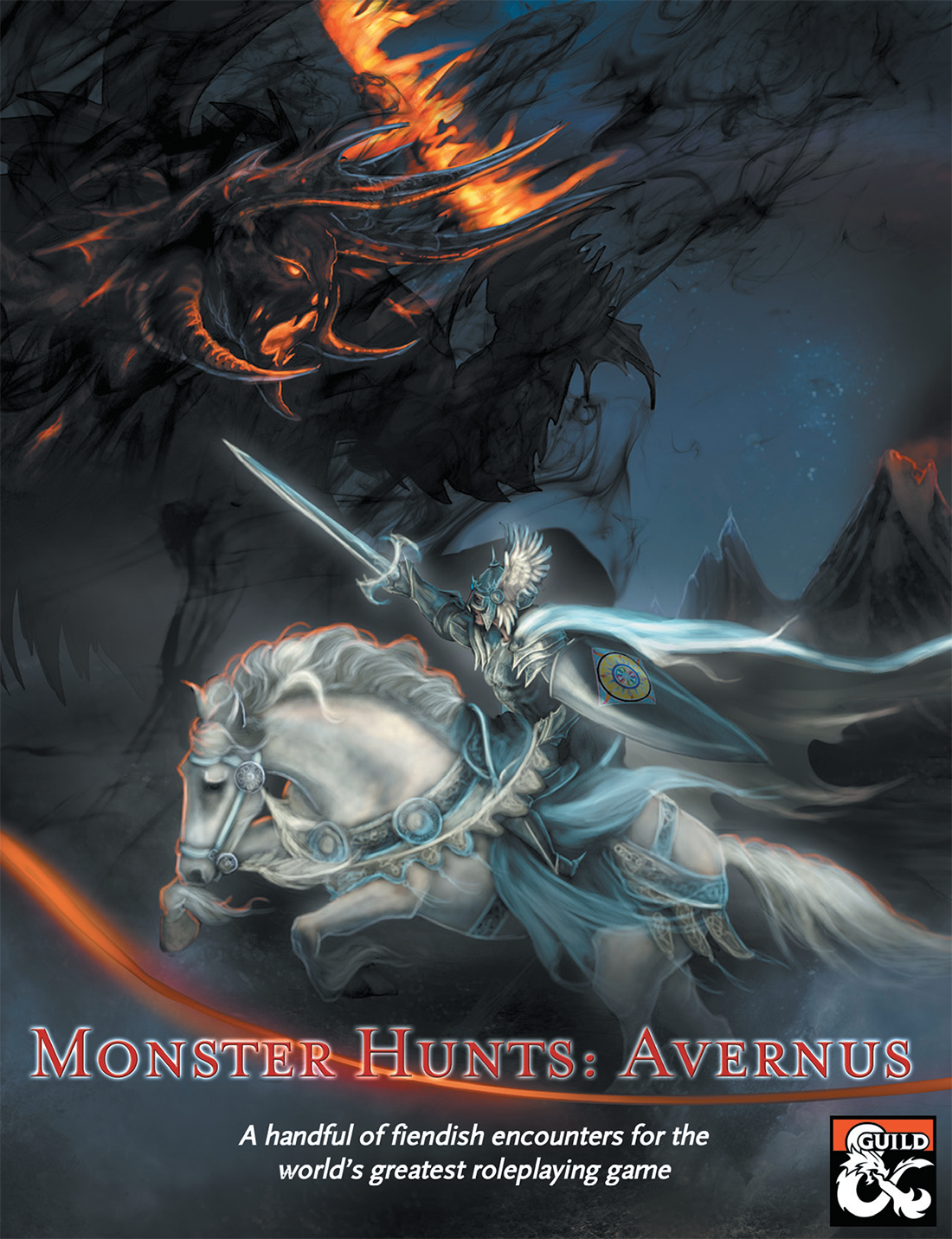 MONSTER HUNTS – AVERNUS: This book promised to be a bunch of plug ‘n play side quests for use with Descent Into Avernus. I thought this would be a slam dunk in terms of usefulness, providing all kinds of awesome content for fleshing out a hexcrawl of Avernus.
MONSTER HUNTS – AVERNUS: This book promised to be a bunch of plug ‘n play side quests for use with Descent Into Avernus. I thought this would be a slam dunk in terms of usefulness, providing all kinds of awesome content for fleshing out a hexcrawl of Avernus.
Unfortunately, not one of the one-page scenarios is actually set in Avernus. In this case, “for use with Descent Into Avernus” means that it uses the stat blocks from the appendices of Descent Into Avernus.
Ignoring the disappointing bait ‘n switch (which renders the book completely unusable for what I wanted it for), the scenarios themselves are also very poorly designed (so that I wouldn’t want to use them for anything): For example, most of the dungeon maps, instead of being keyed, are described in rambling, unfocused paragraphs. The text is frequently filled with prima facie nonsense (like a claim in the first scenario that it will take PCs forty minutes to walk two city blocks). And it’s almost impressive how many times they try to force a railroad on PCs even when they’re just exploring a simple dungeon.
The book also promises an “easy to use hunting system,” but I can find nothing of the sort. Instead, the majority of the scenarios lead off with some form of “make this skill check to find tracks or skip the rest of this adventure.”
- Grade: F
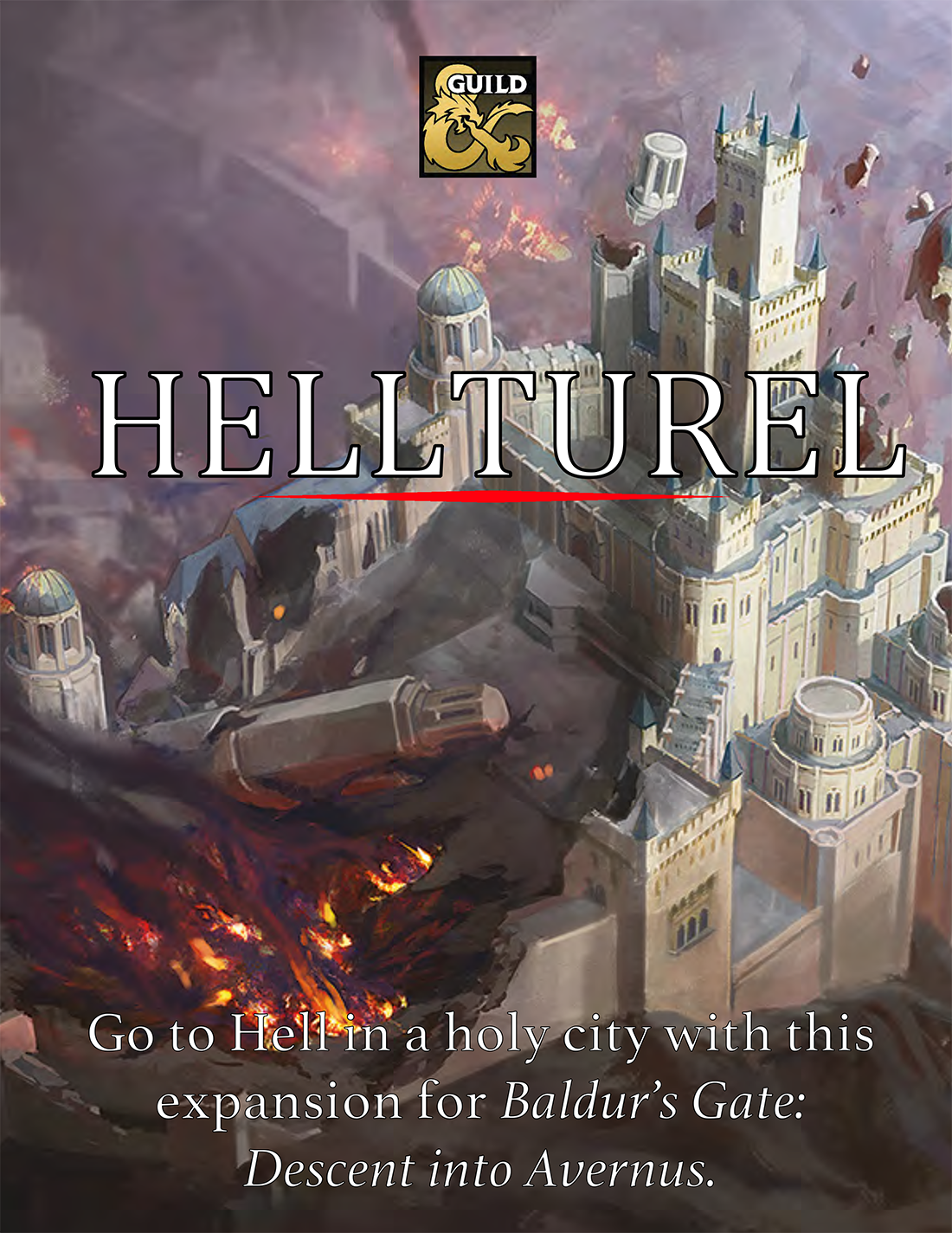 HELLTUREL: James Introcaso has really hit the nail on the head with Hellturel. This 32-page supplement presents four new locations for Elturel, nicely fleshing out the city for PCs who want to explore it. Not only are the locations well-designed, they are connected using node-based scenario design so that exploring one location will provide leads pointing to the others.
HELLTUREL: James Introcaso has really hit the nail on the head with Hellturel. This 32-page supplement presents four new locations for Elturel, nicely fleshing out the city for PCs who want to explore it. Not only are the locations well-designed, they are connected using node-based scenario design so that exploring one location will provide leads pointing to the others.
The only thing I would have liked to have seen would be some guidance for how clues could be added to the locations described in Descent Into Avernus in order to also link them to the locations in Hellturel. That creates a little bit of extra lifting. There are also some minor continuity glitches (for example, the first location says the Order of the Gauntlet has moved to the second location, but at the second location there’s only one member of the Order of the Gauntlet and, as far as I can tell, no indication of what happened to the rest of them) that probably needs to be cleaned up.
But, as I say, really good stuff. Recommended.
- Grade: B-


